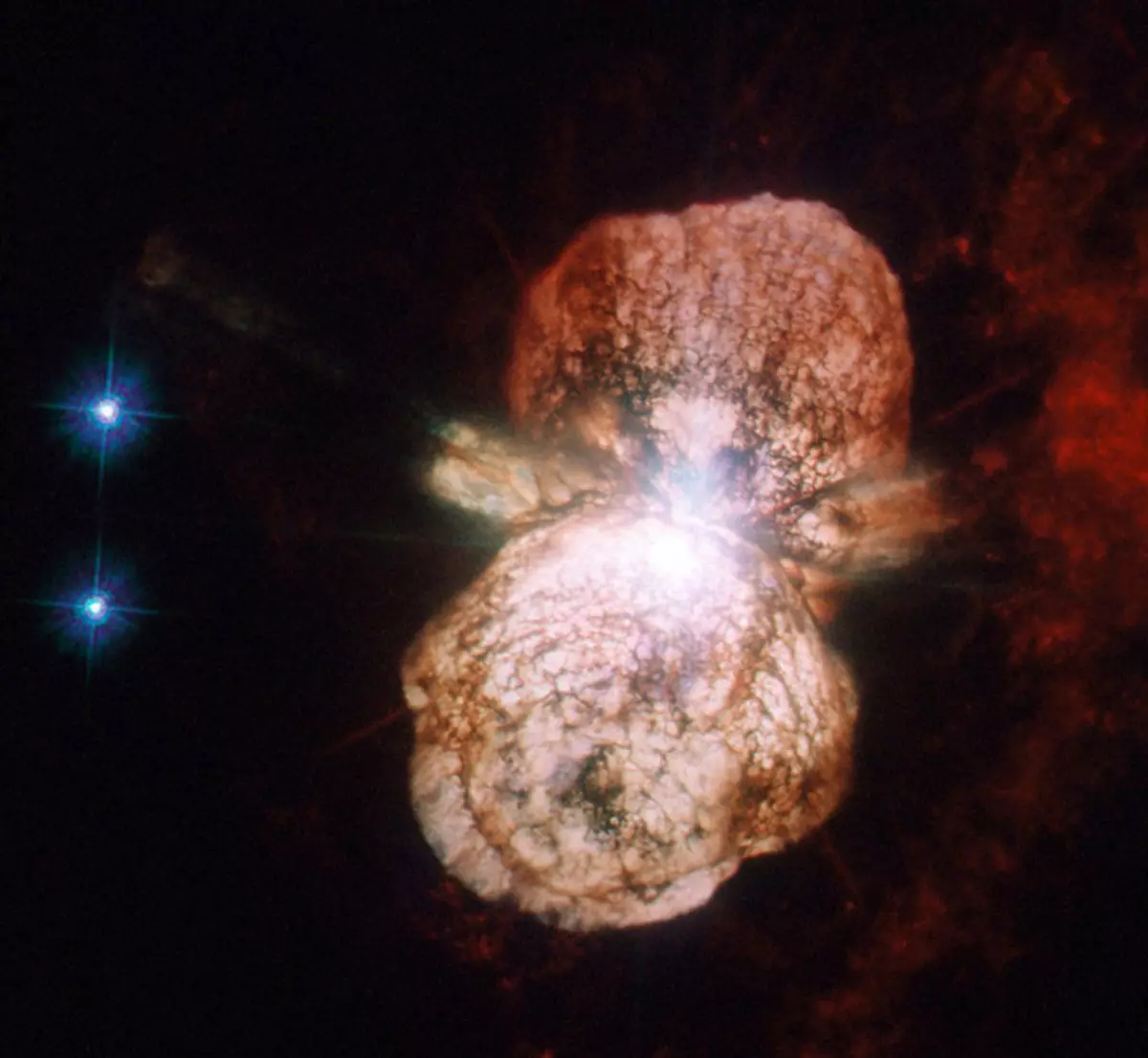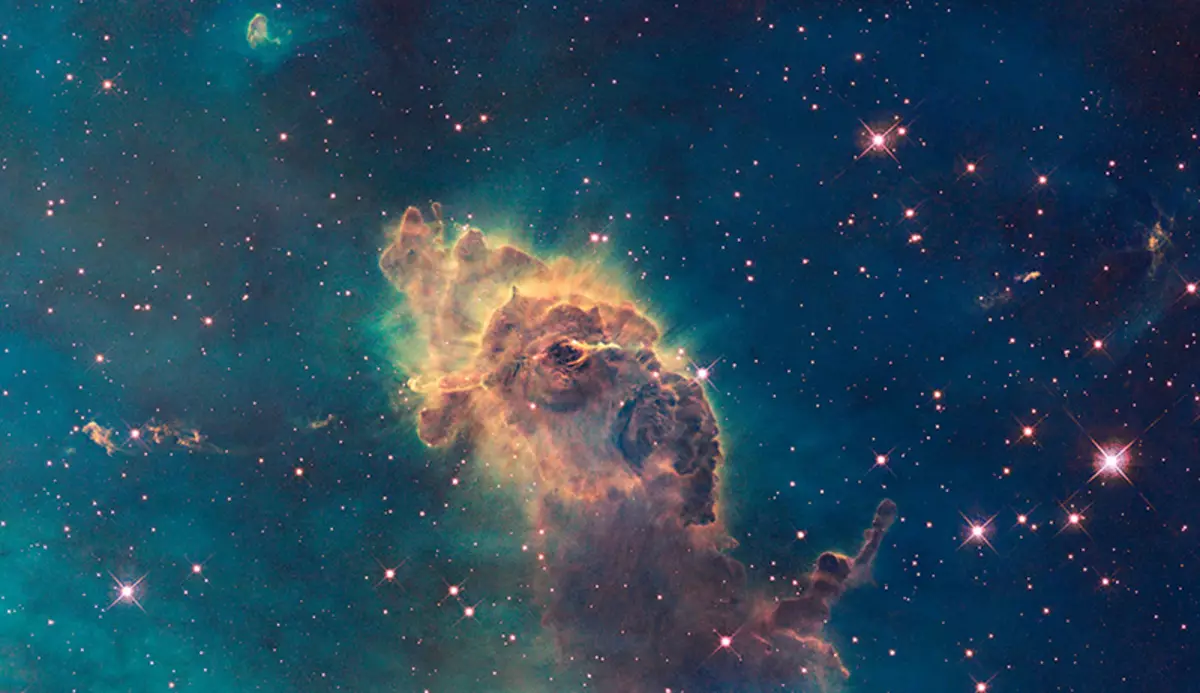
For 26 years already on earthly orbit, the Hubble telescope is spinning. During this time, he made millions of shots of the universe. We chose for you 30 most beautiful.
Star cluster Westerlund 2.
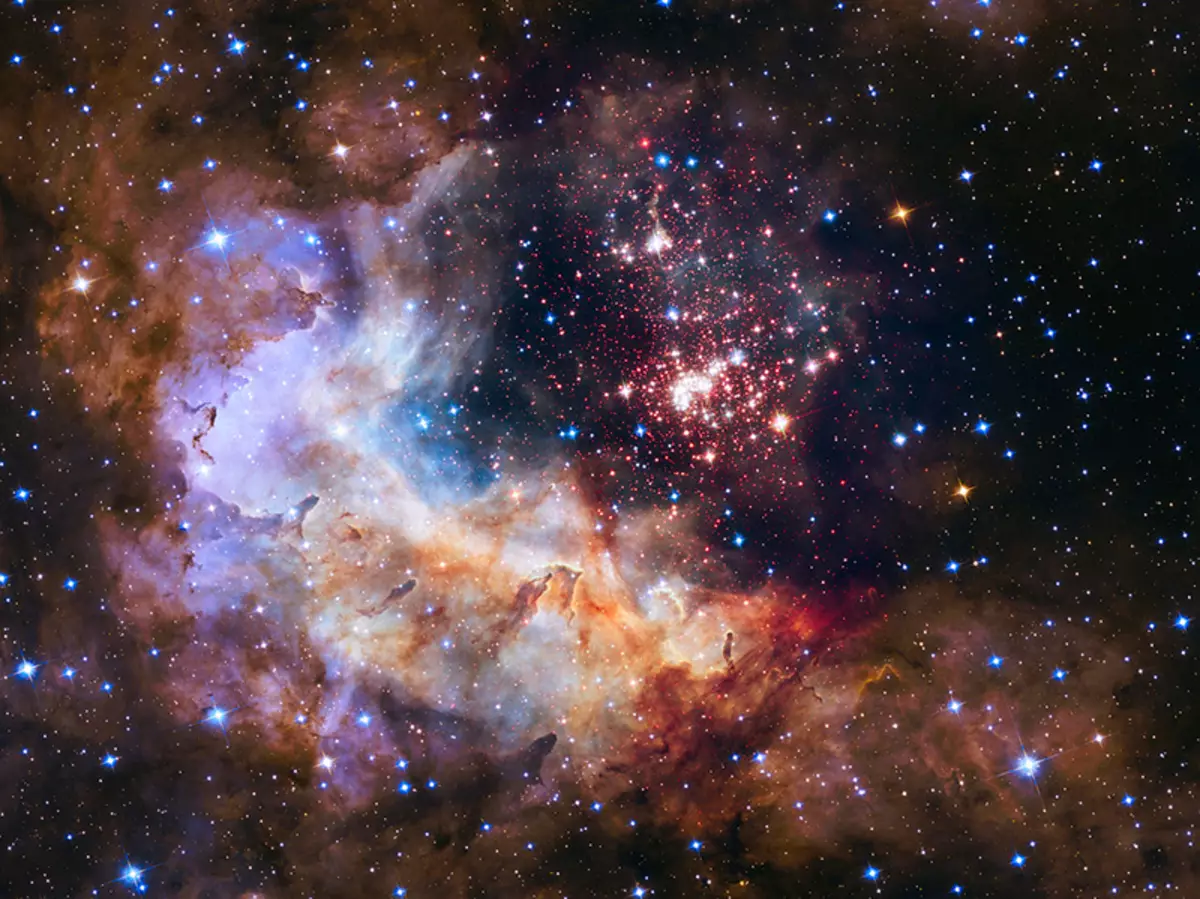
One of the most recent pictures of Hubble is the center of the Milky Way. The closest asterisk to us from this photo is in 27,000 light years from the Earth.
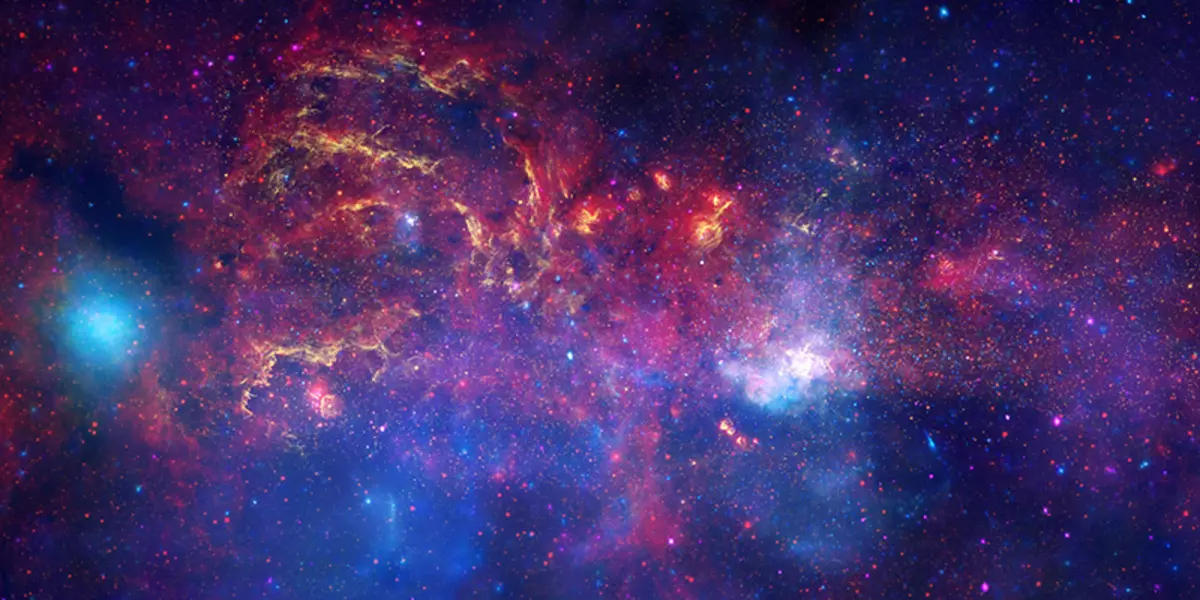
The clouds of gas and dust somewhere in the nebula of the eagle.
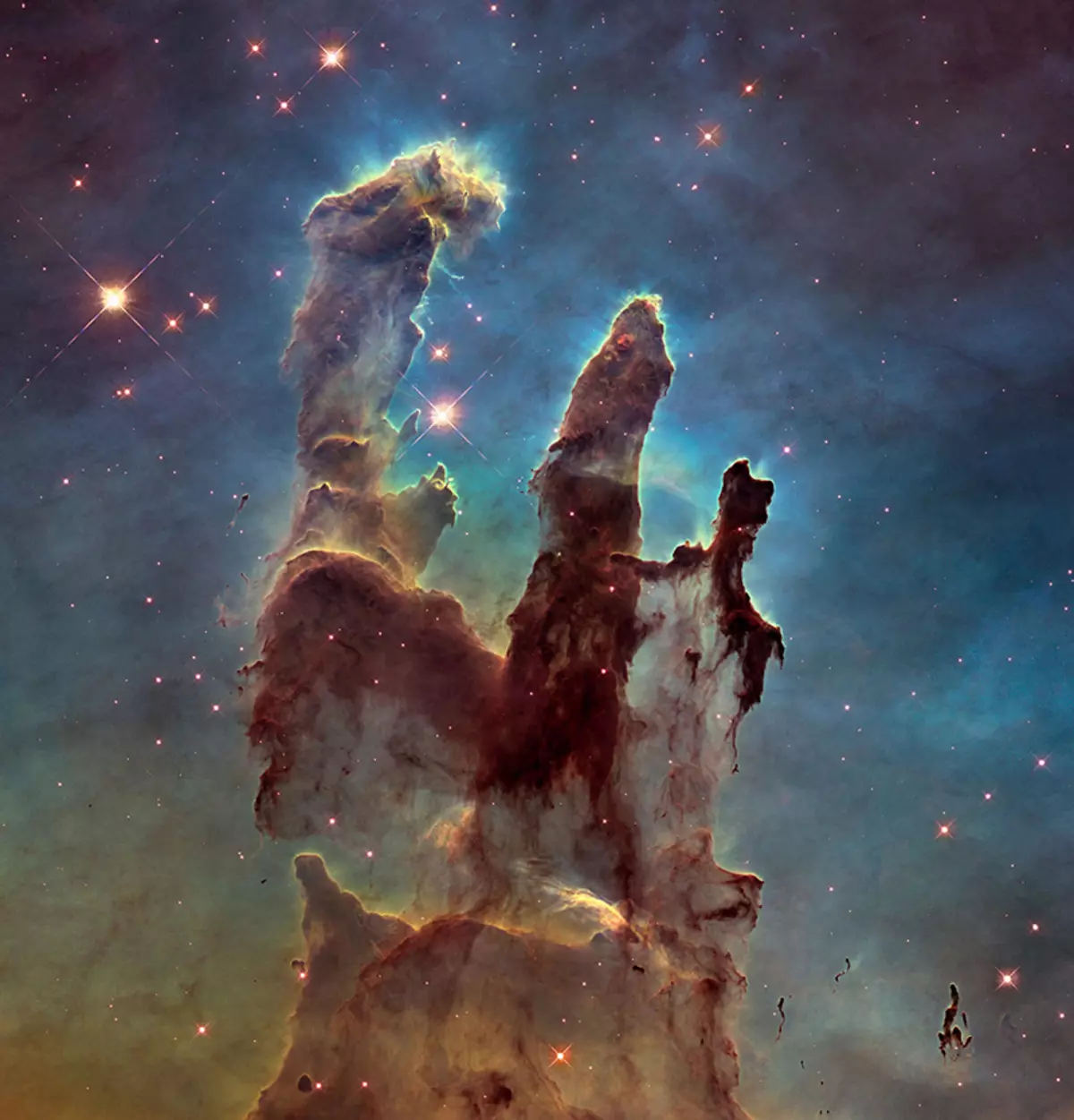
This is the clearest and detailed picture of a crab nebula, which is still humanity. This nebula is everything that has left from the supernova, who has gone on July 4, 1054 for the earthly summer. The outbreak was so powerful that it was even visible even during the day.
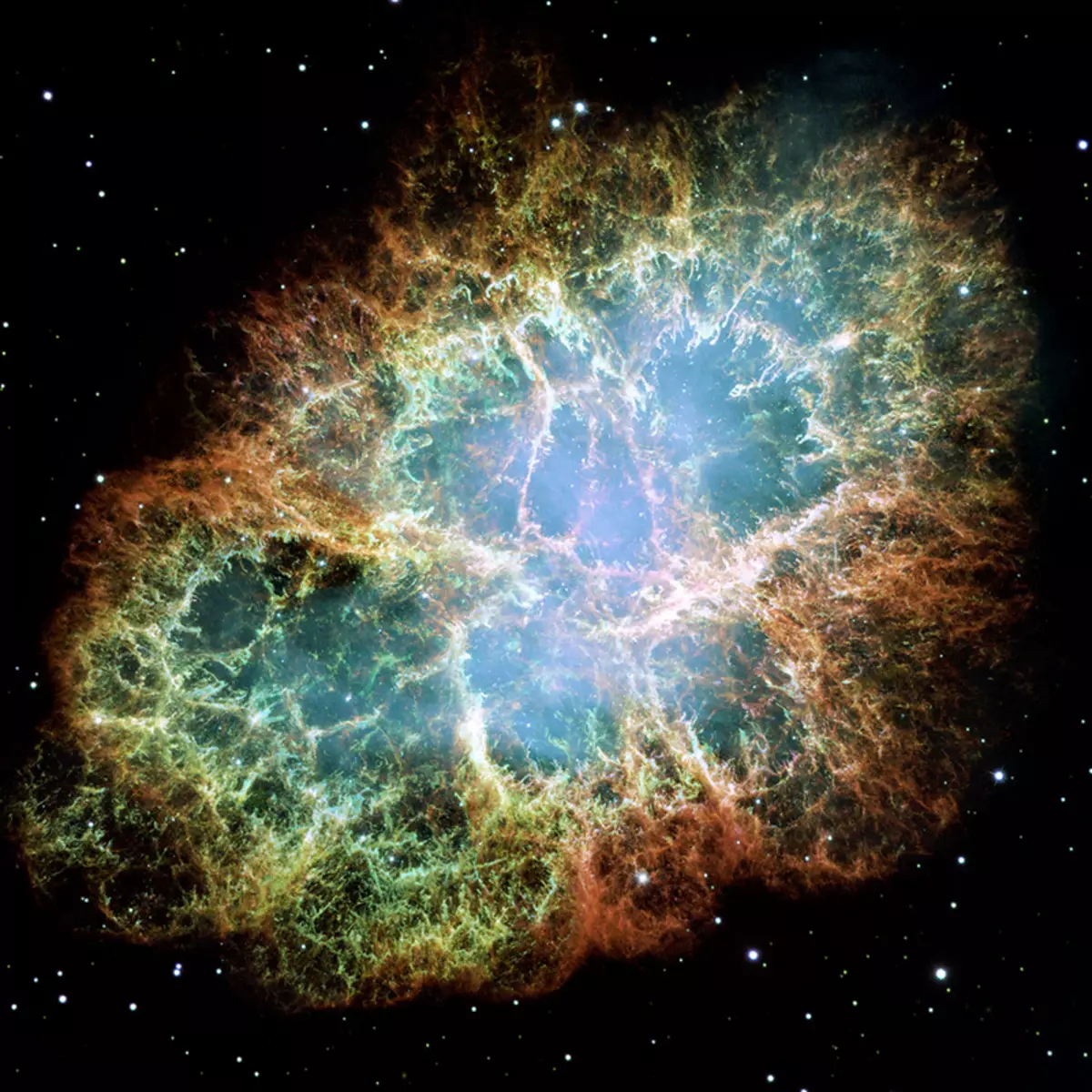
The nebula of the jellyfish in the constellation of twins.
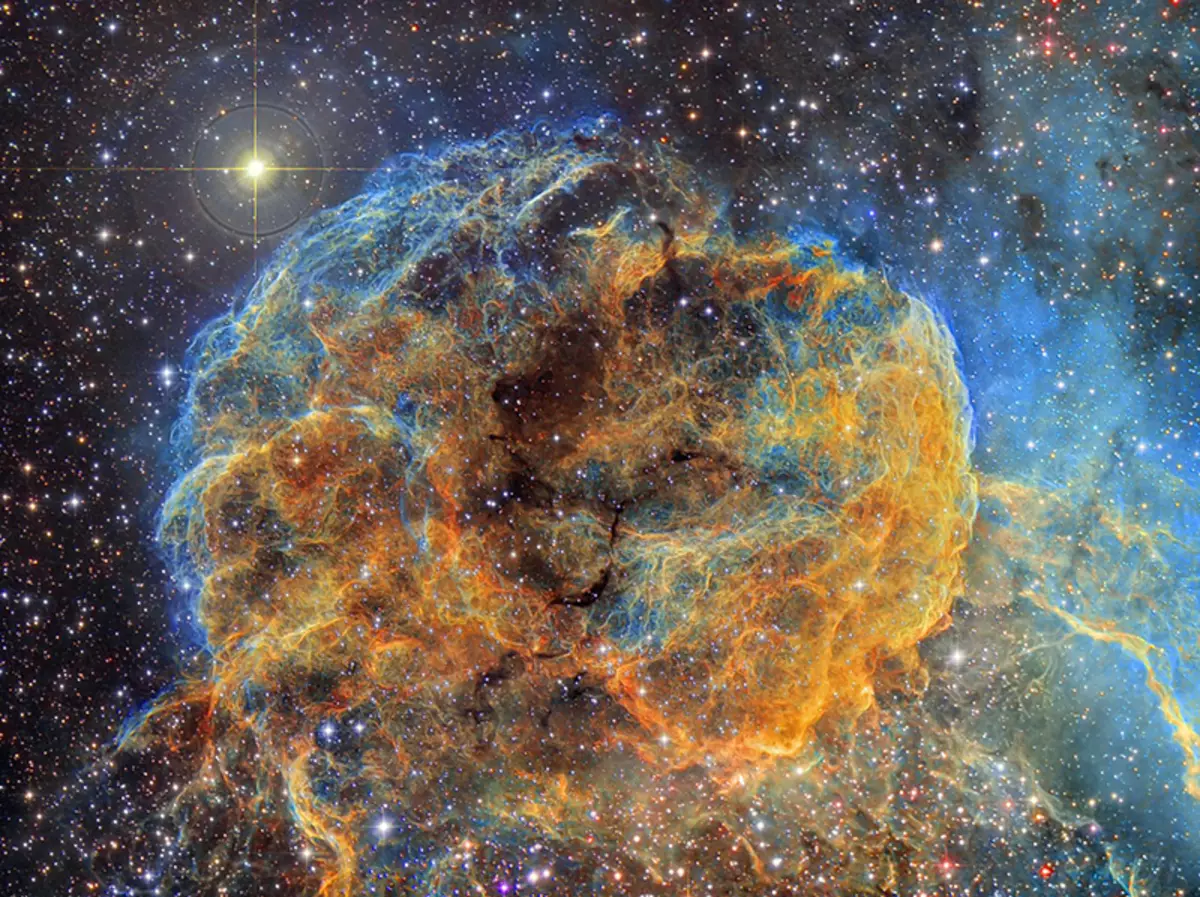
Bipolar Nebula Twin Jet - Two stars that came together in the last tango. One is already destroyed, and the other continues to rotate around her. The process began recently - some 1200 years ago, approximately when Rurik declared on Russia.
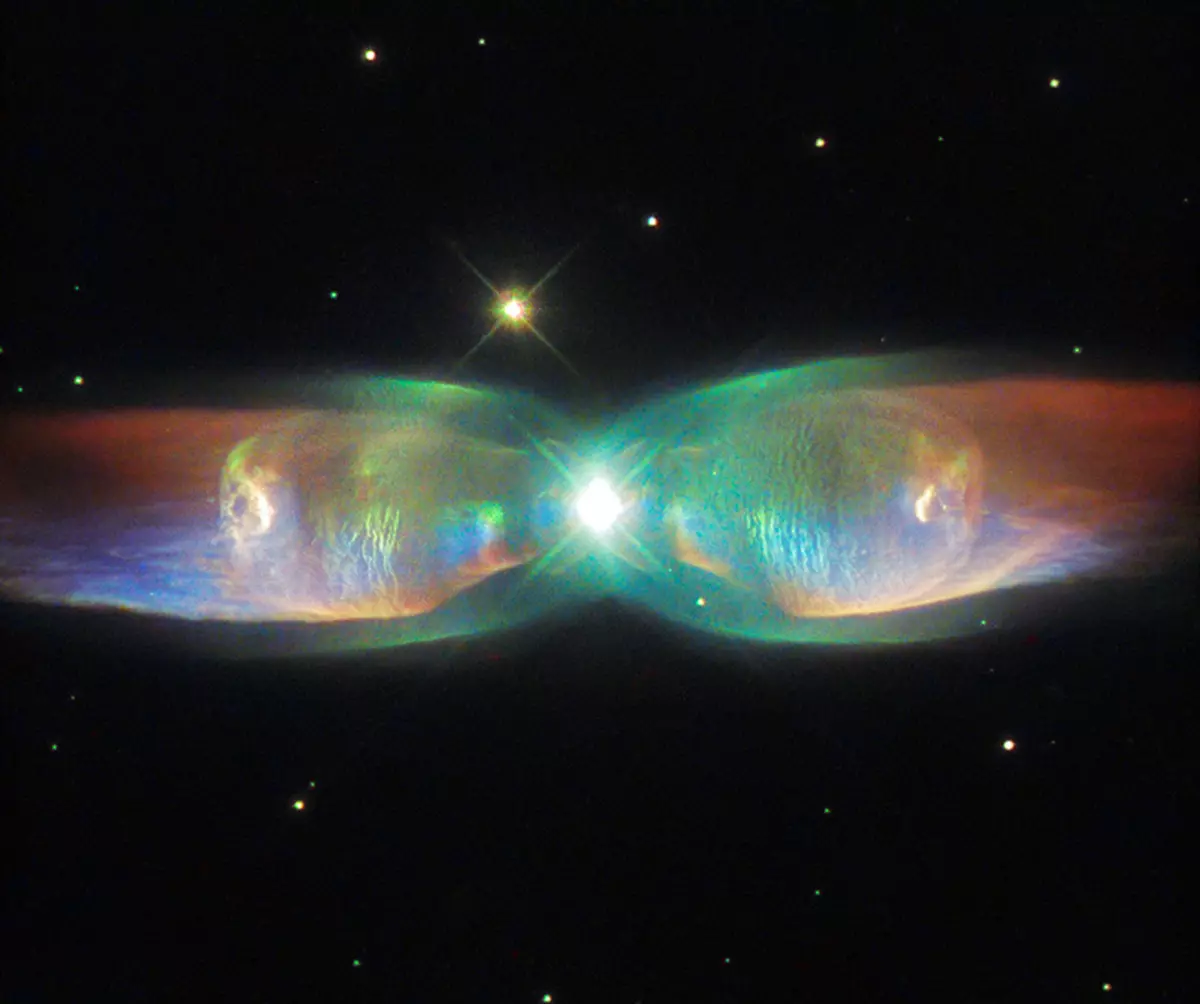
This is not Oko Sauron. This is the nebula of a feline eye and the constellation of the dragon.
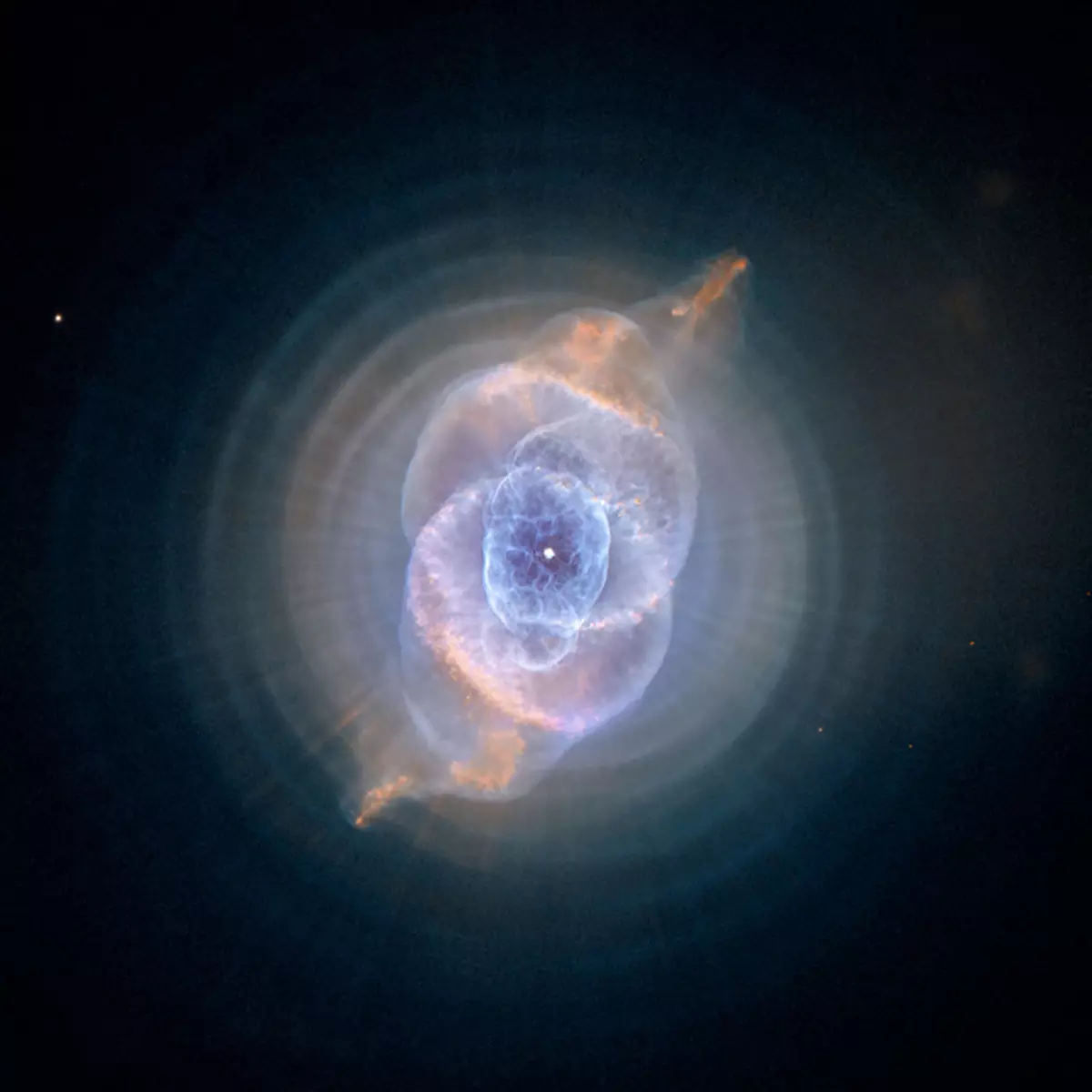
Someone in space pushed bubble. Very big bubble - 23 light years in diameter. This is a discarded shell of a supernova in a large magtel cloud.
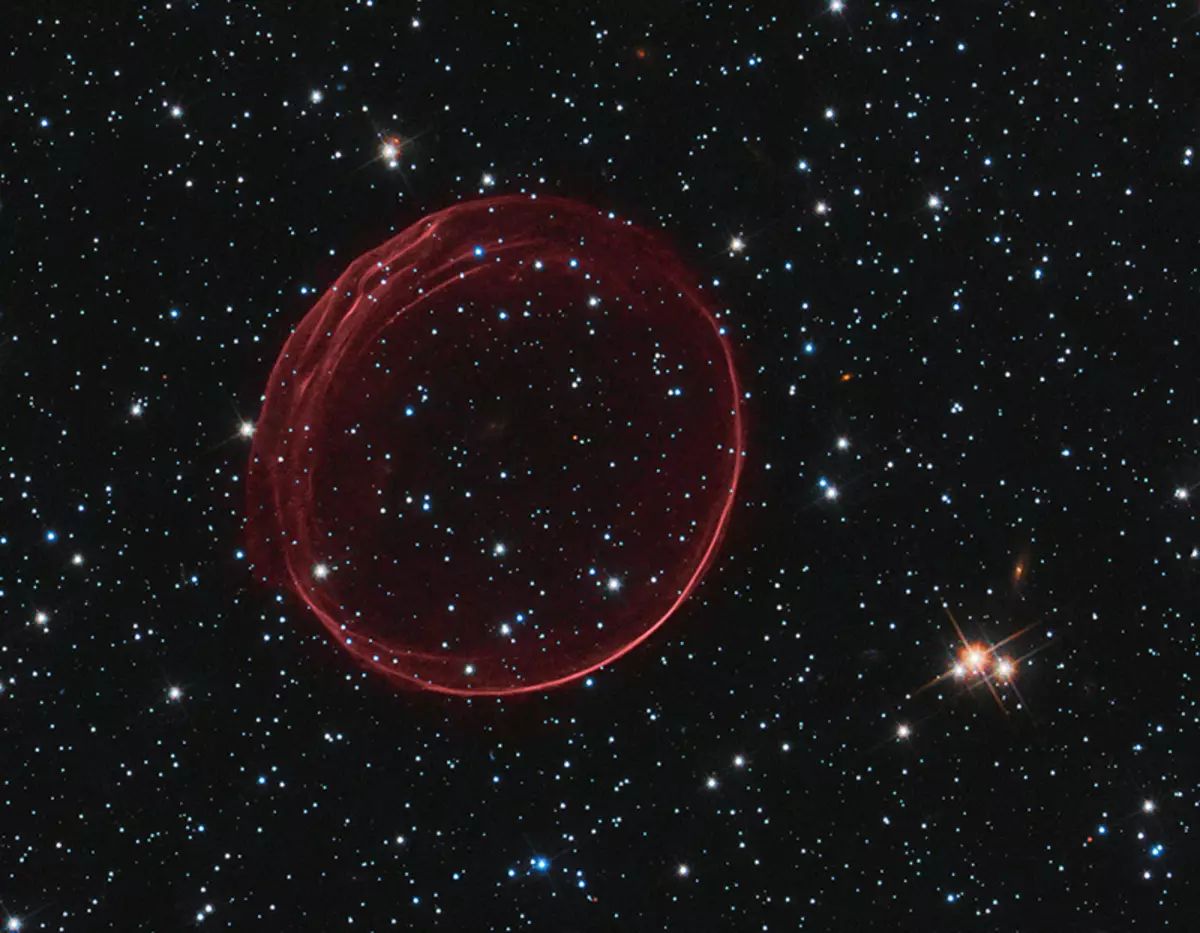
Cute butterfly in the constellation of Scorpio. It is difficult to believe that this pretty thing - hot-20 000 ° C, which rushes through the universe at a speed of 950,000 kilometers per hour, and in its center - the remains of the dead star.
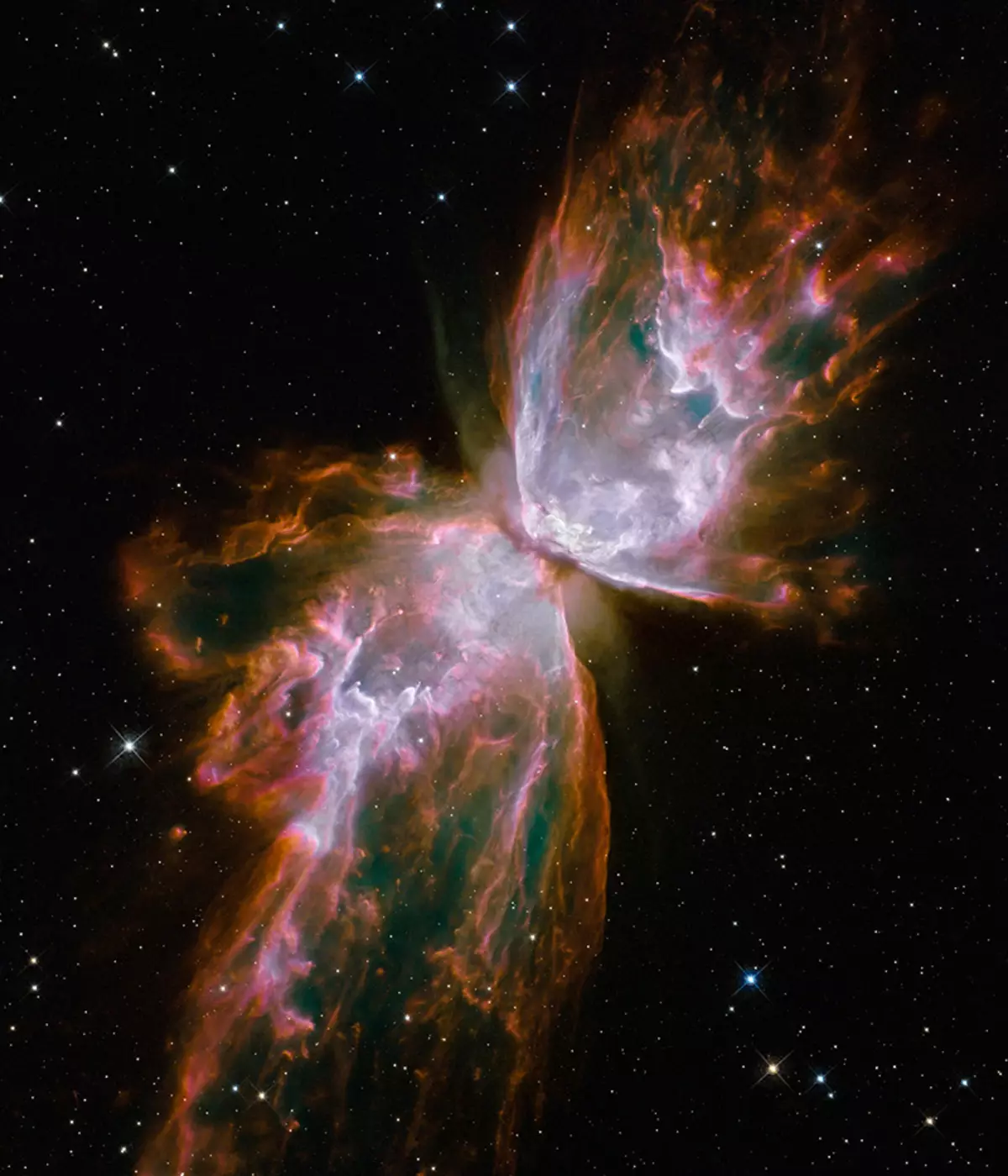
Yes, it is he - Saturn. And he is actually such a pastel.
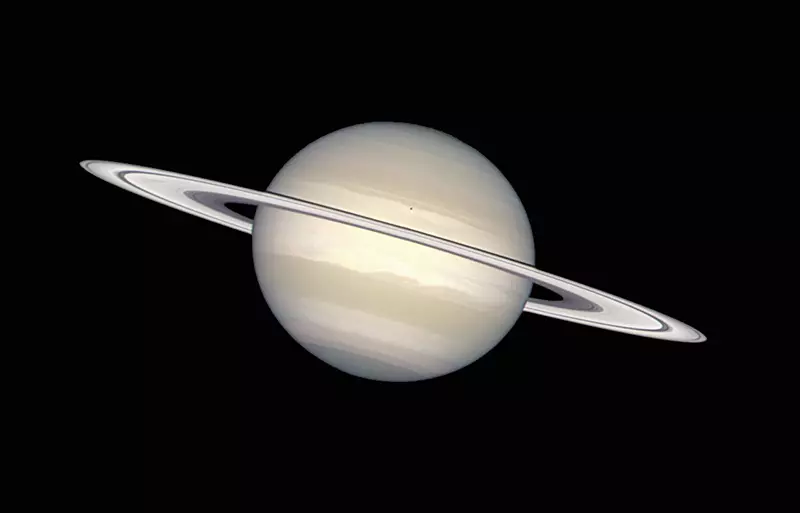
Spiral nebula in the constellation of fly. The final stage of the evolution of any small star. Our sun, too, is so over, most likely.
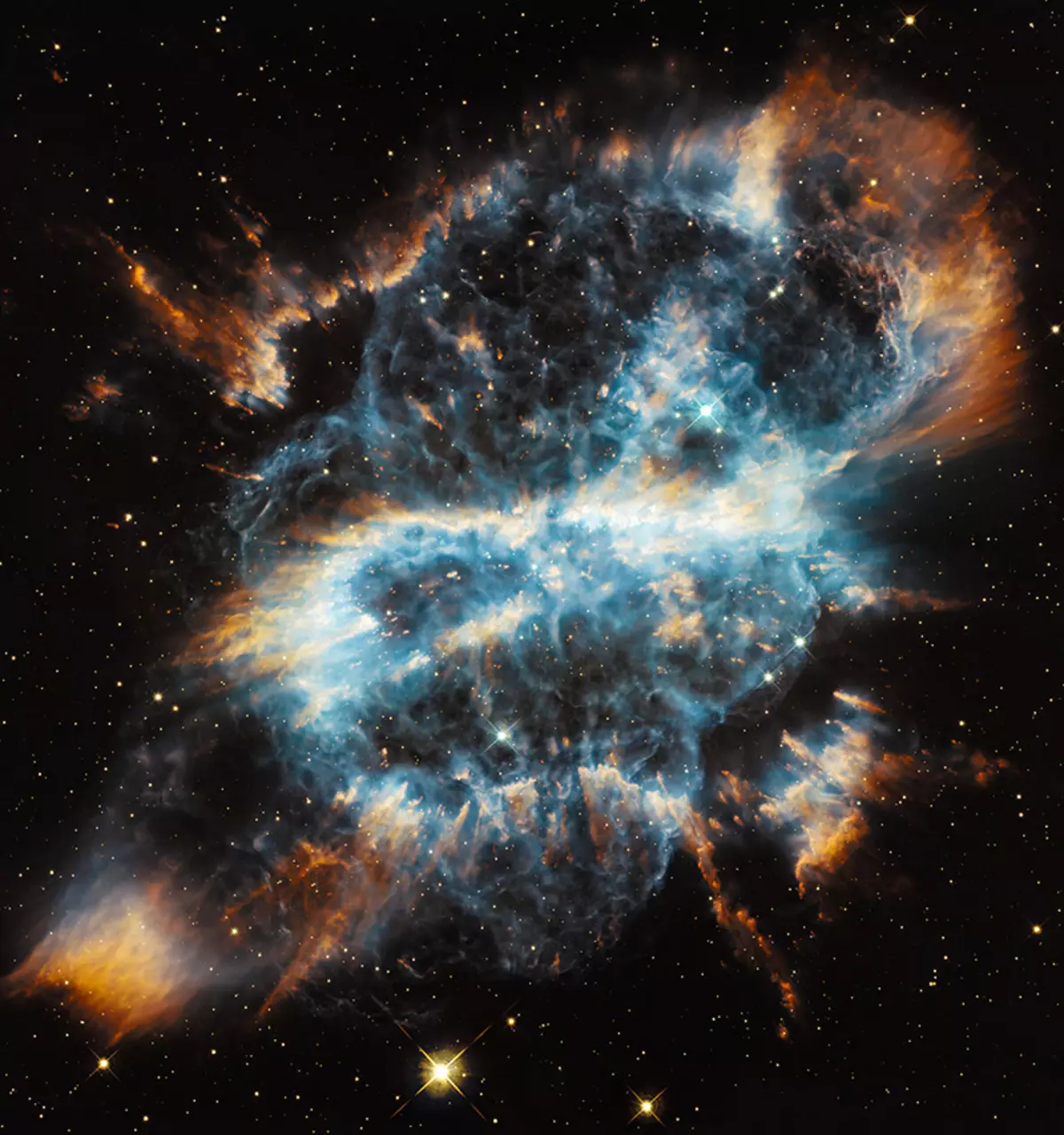
Cosmic dust clouds in the constellation Kil. Or in Mordor.
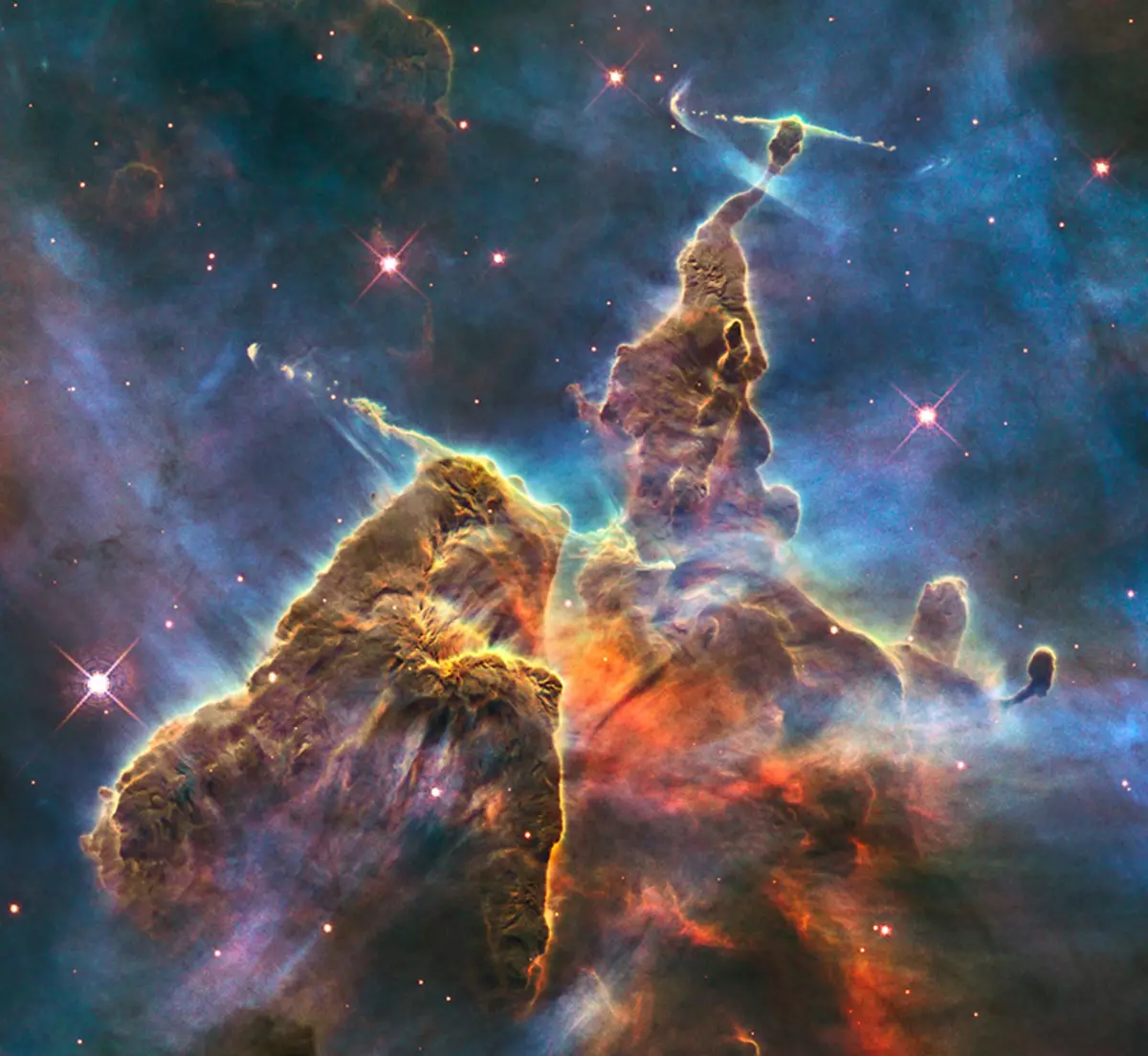
Mercury, blue and beaten.
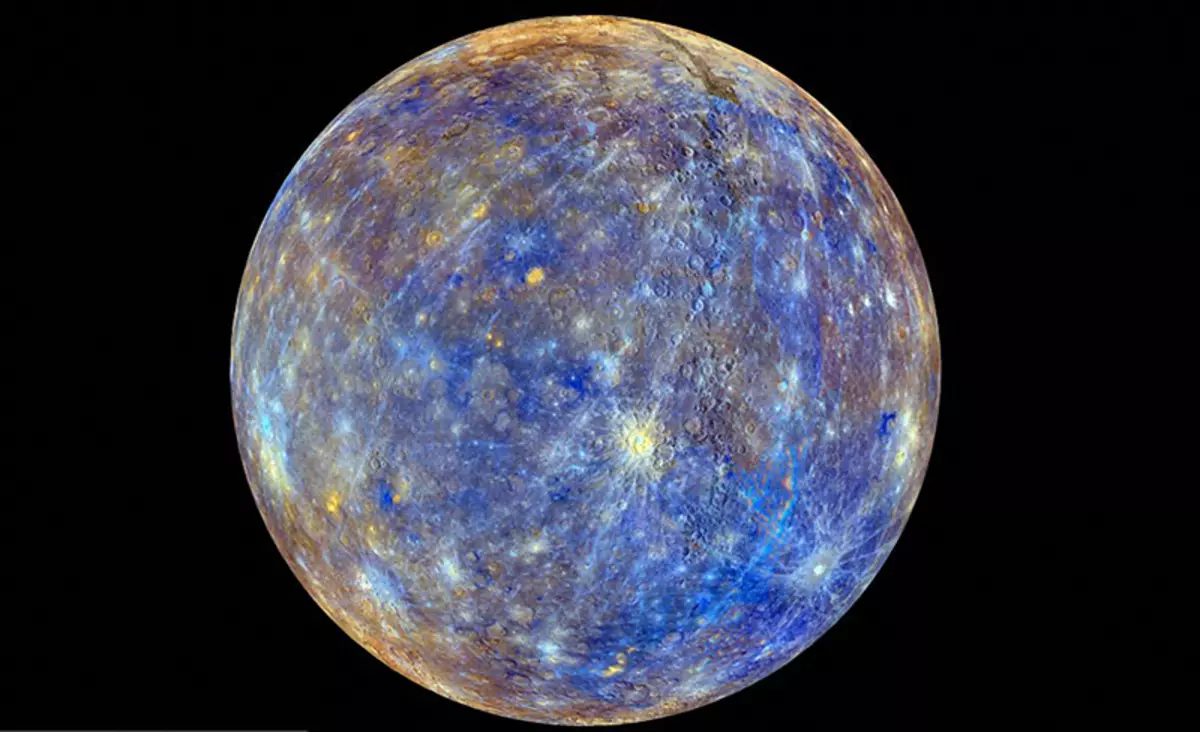
The snail nebula in the constellation Aquarius is one of the closest planetary nebulaes towards us. Some 650 light years.
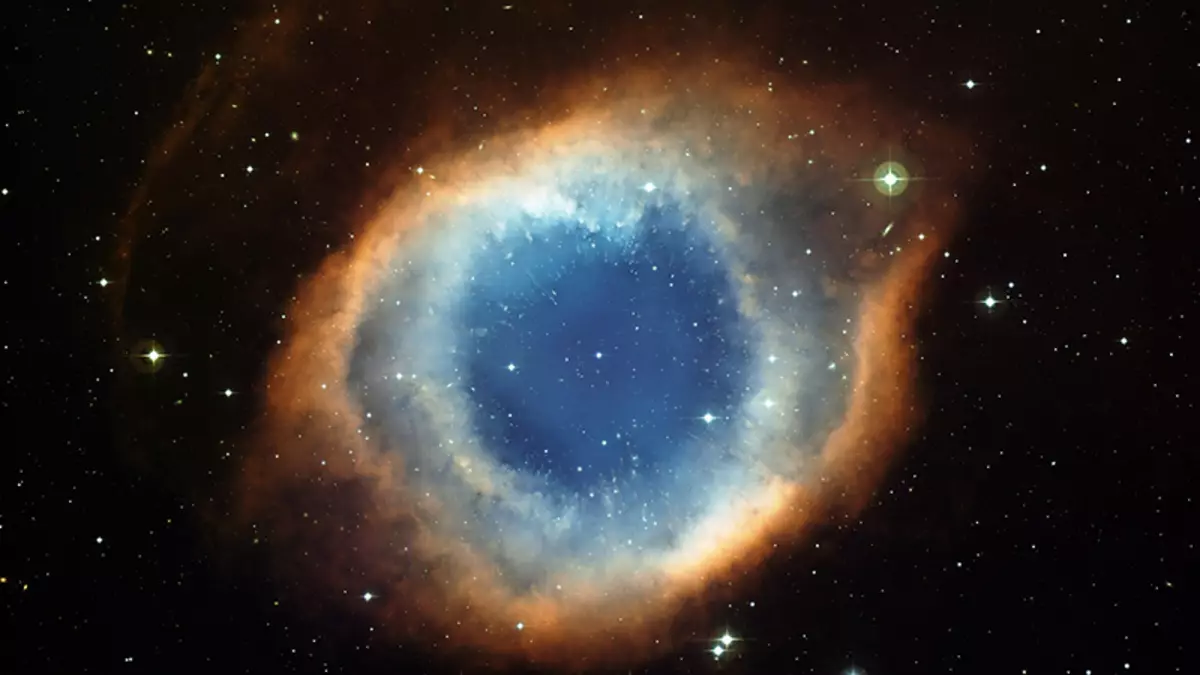
NGC 7049 Galaxy at the Indian Constellation. Something like could make Tiffany designers.
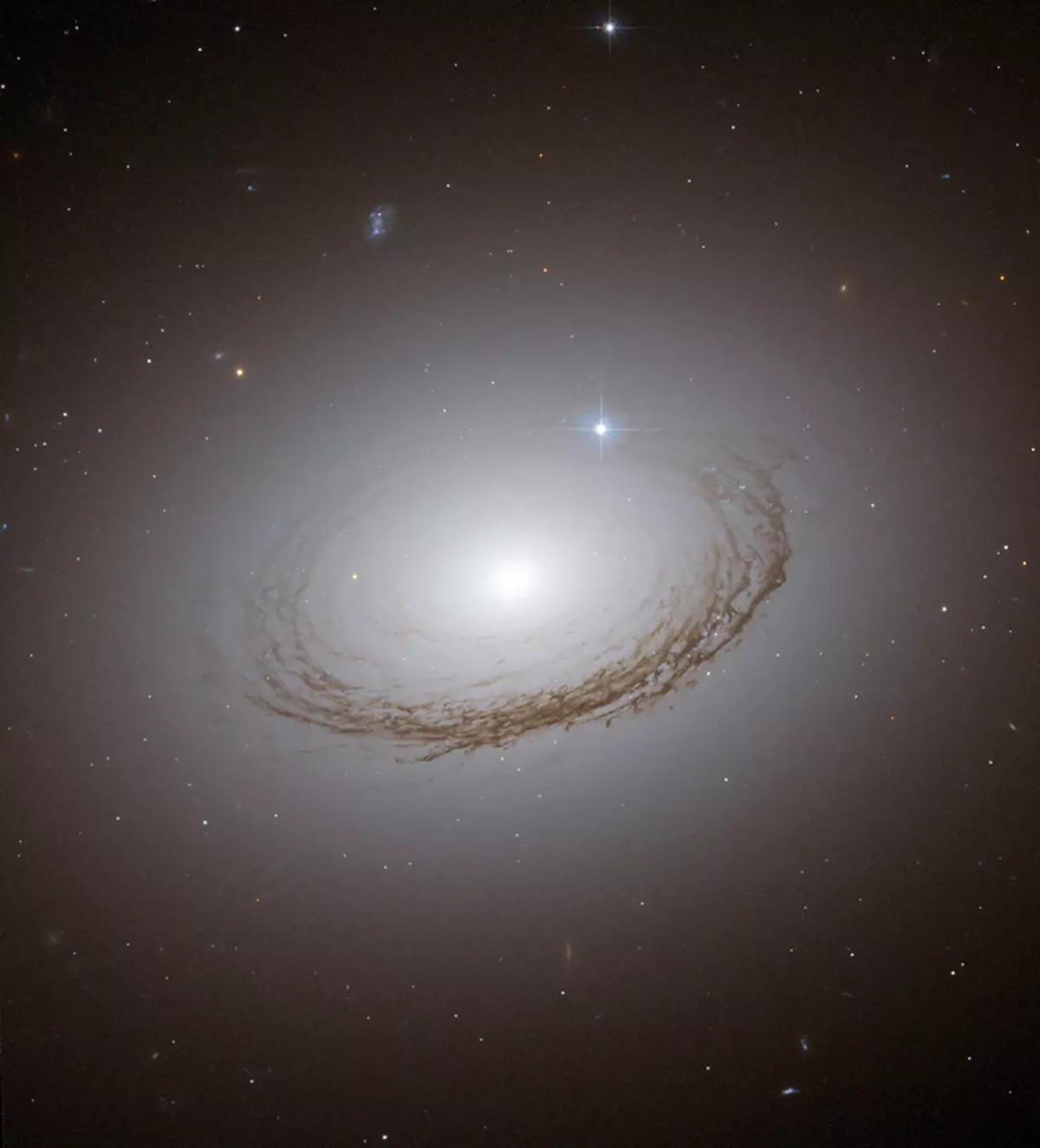
Small Magellanovo cloud - the galaxy-satellite of our Milky Way.
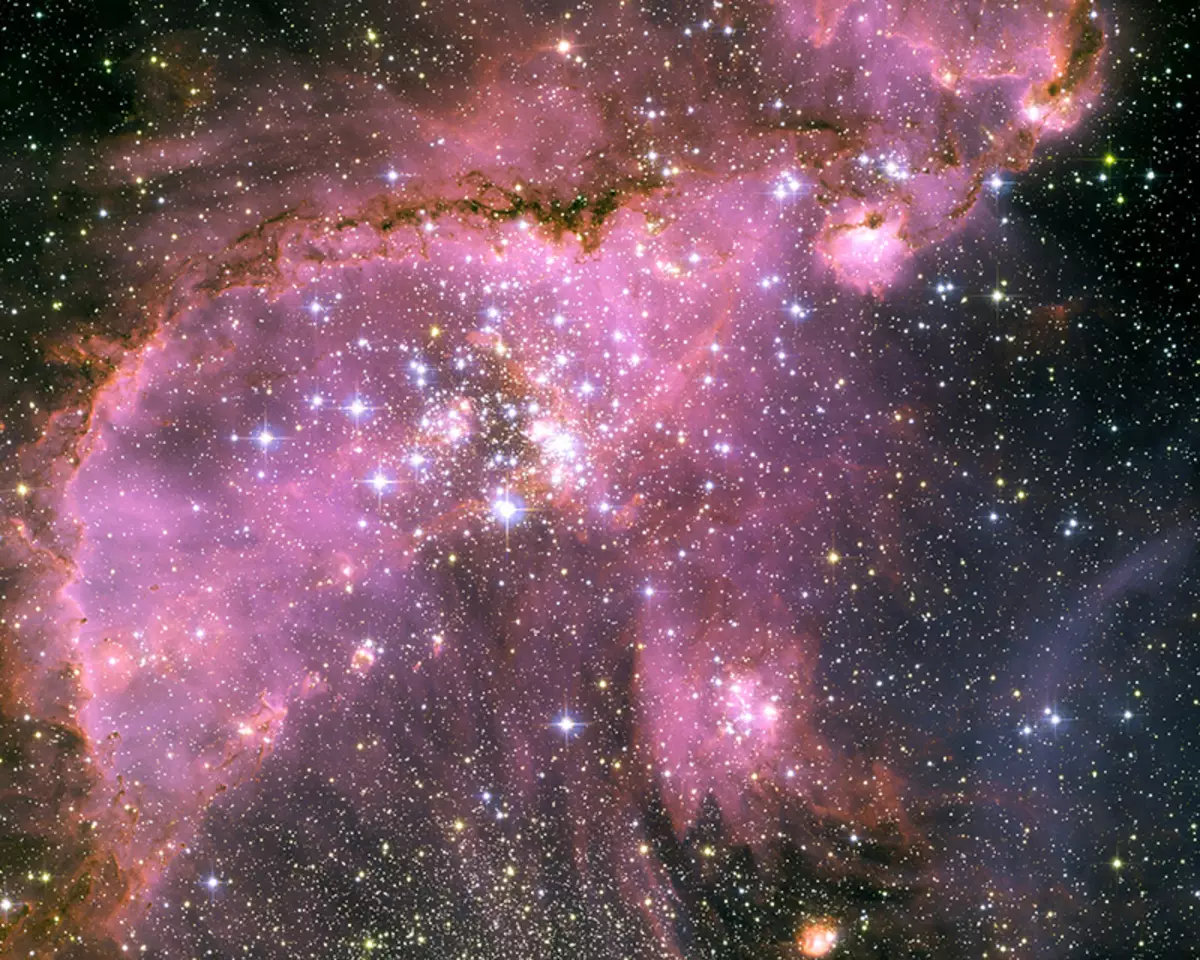
Little galaxy in the constellation of the Virgin. One one-identity.
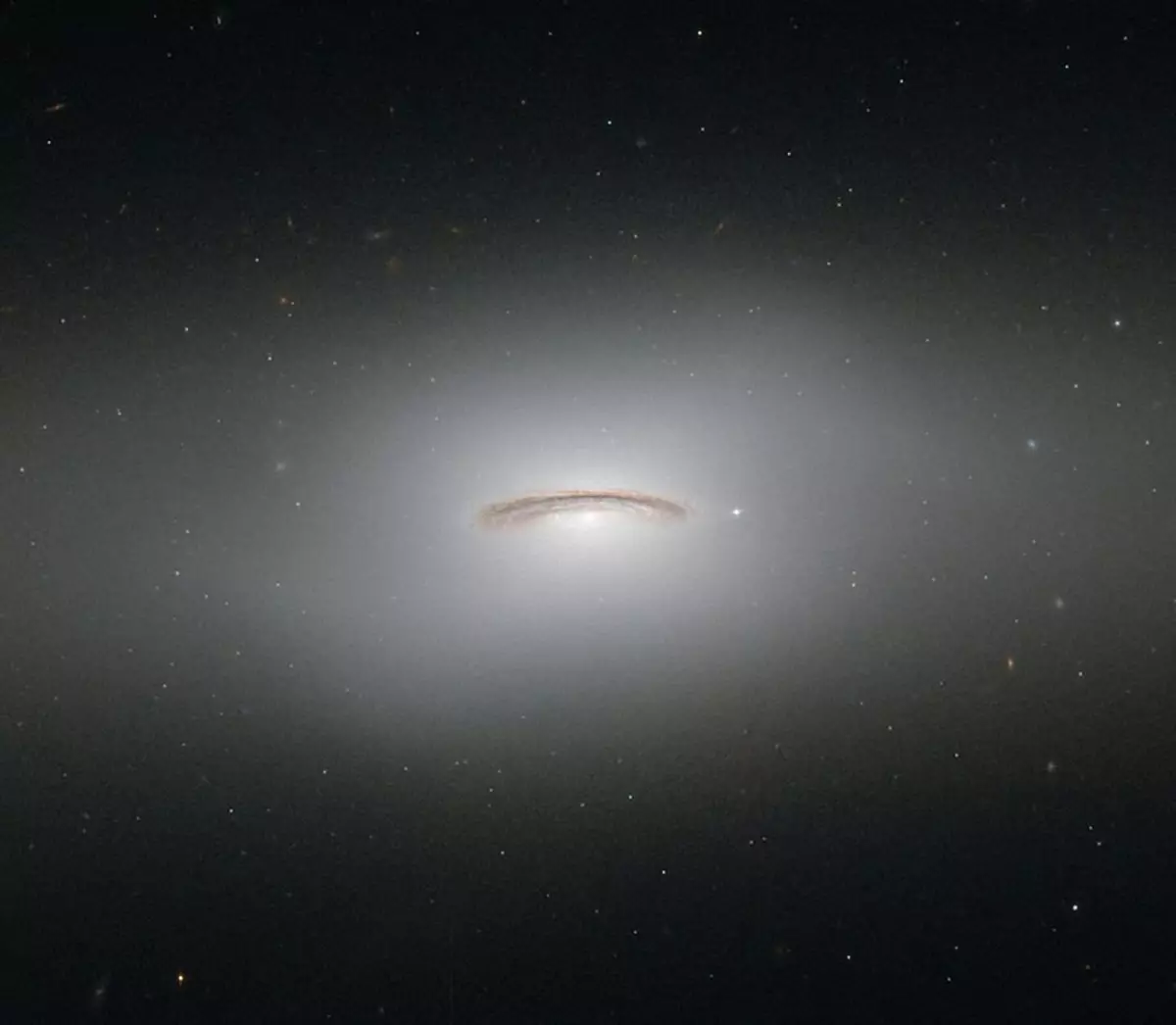
Jupiter close-up, unlike us, it looks even better.
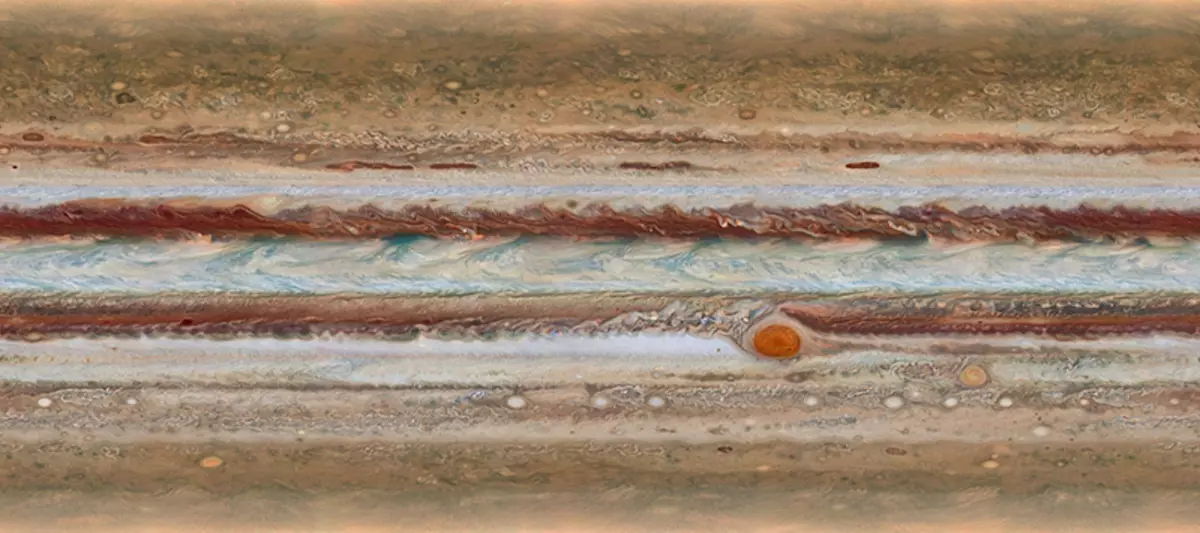
This galaxy with the poetic name NGC 4206 is the stored shop. See blue dots around the edge? This gas, which will then turn into a whose sun.
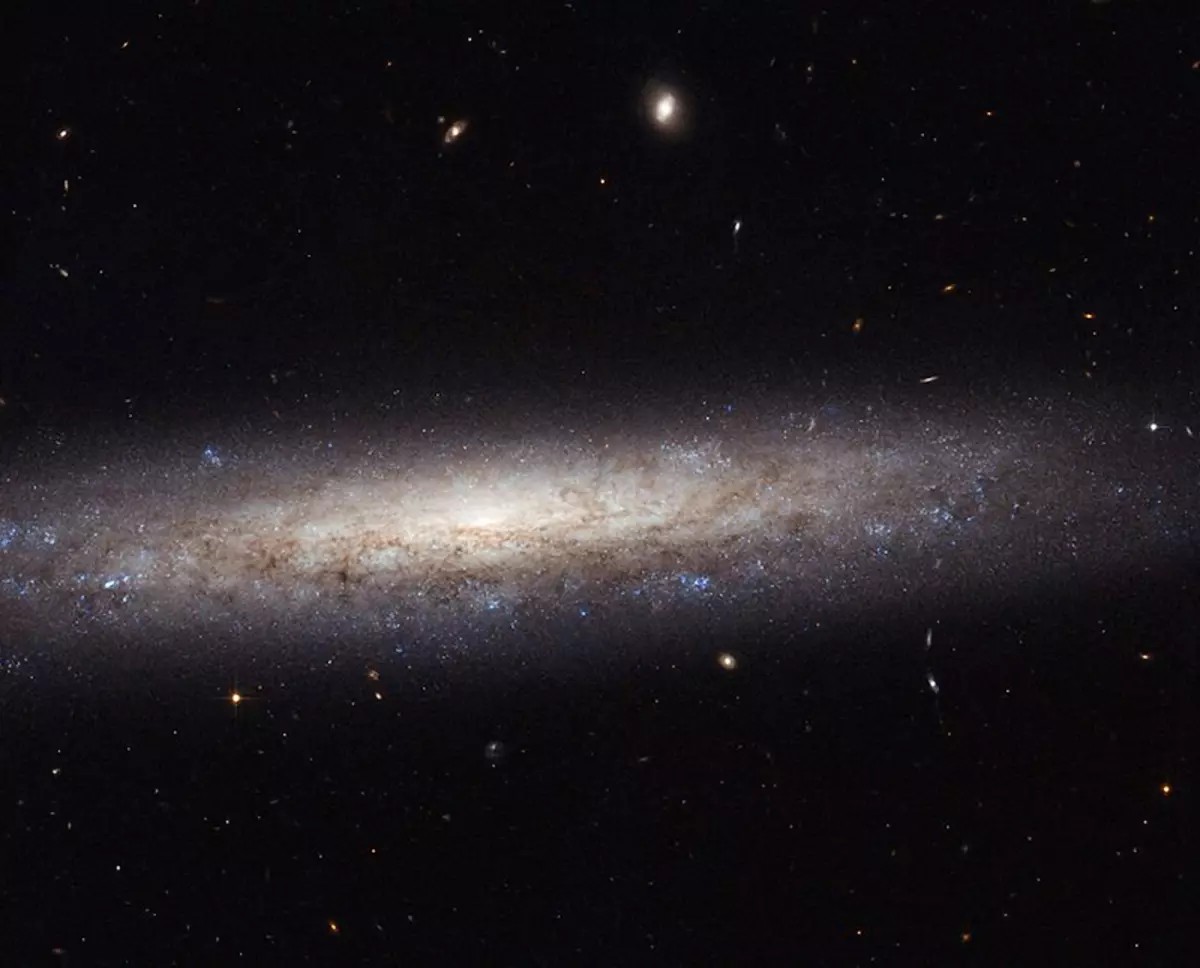
Nebula Veil - supernova plane.
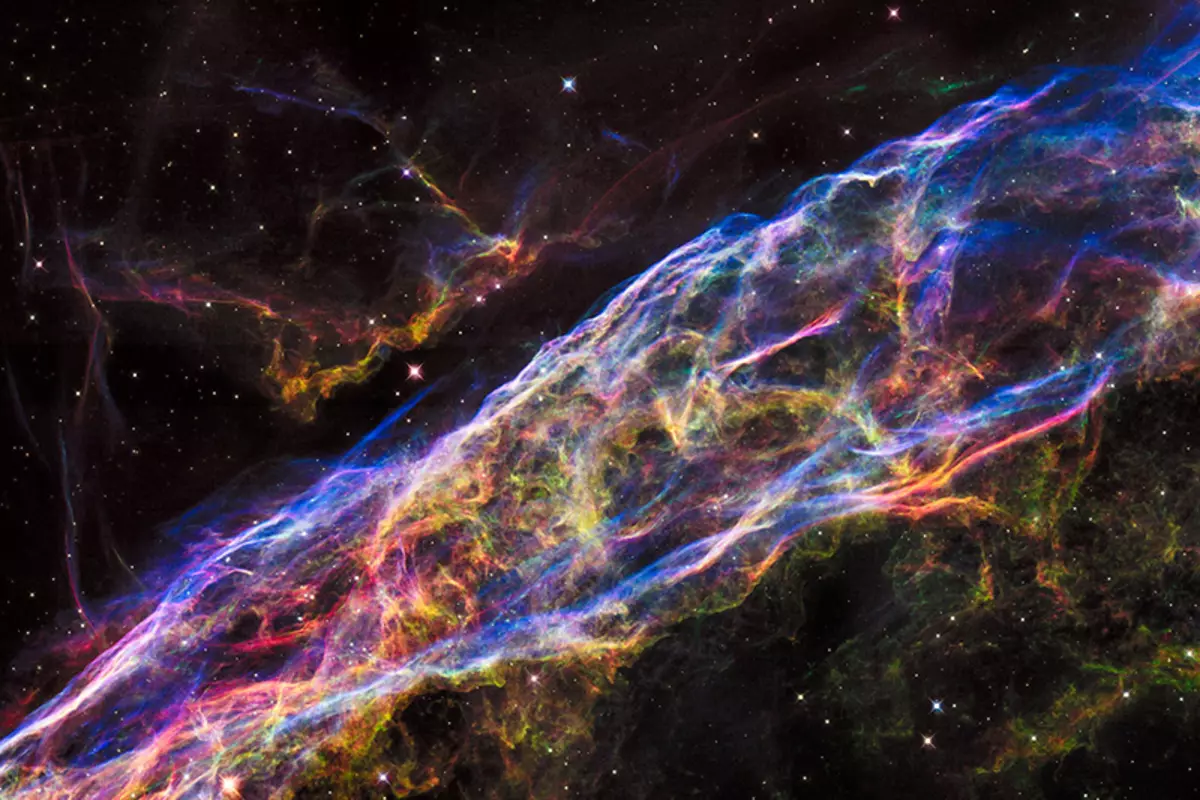
Galaxy whirlpool and her small neighbor NGC 5195, which spins on the periphery of the waterproof for several hundred million years.
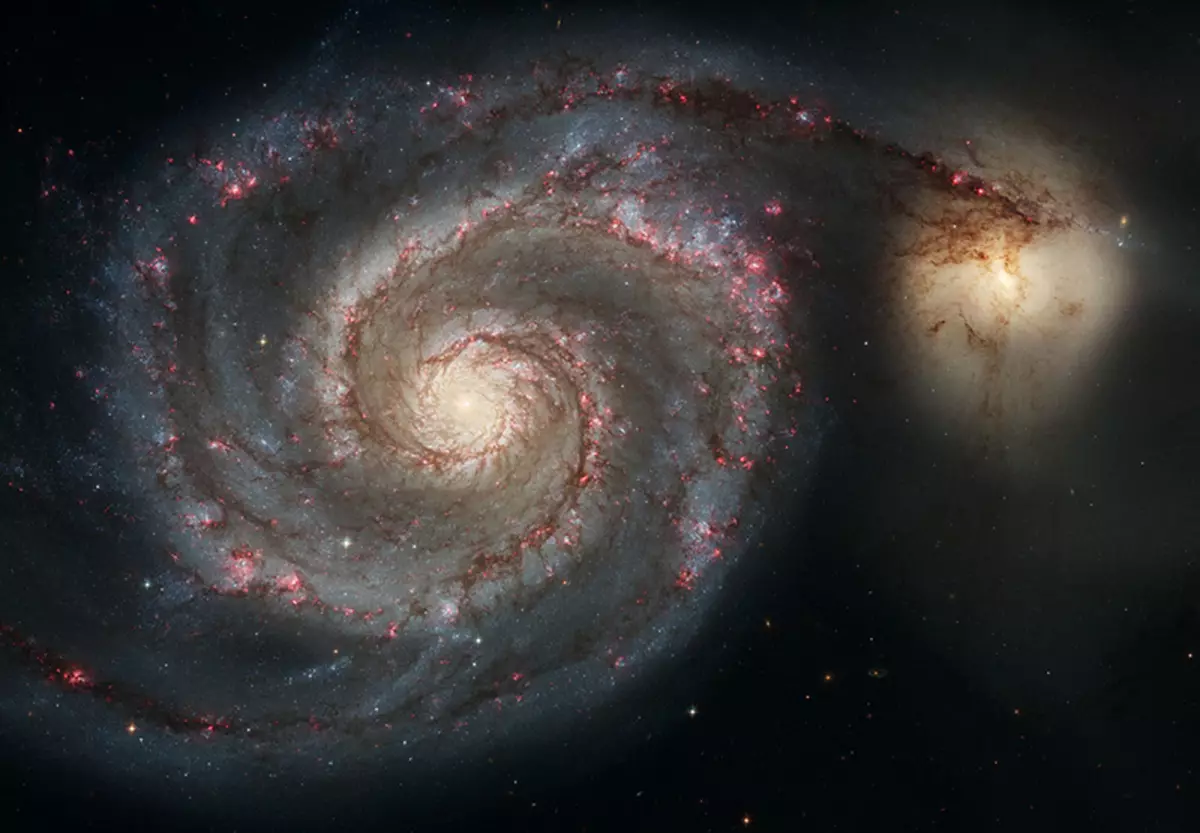
In the center of the Milky Way.
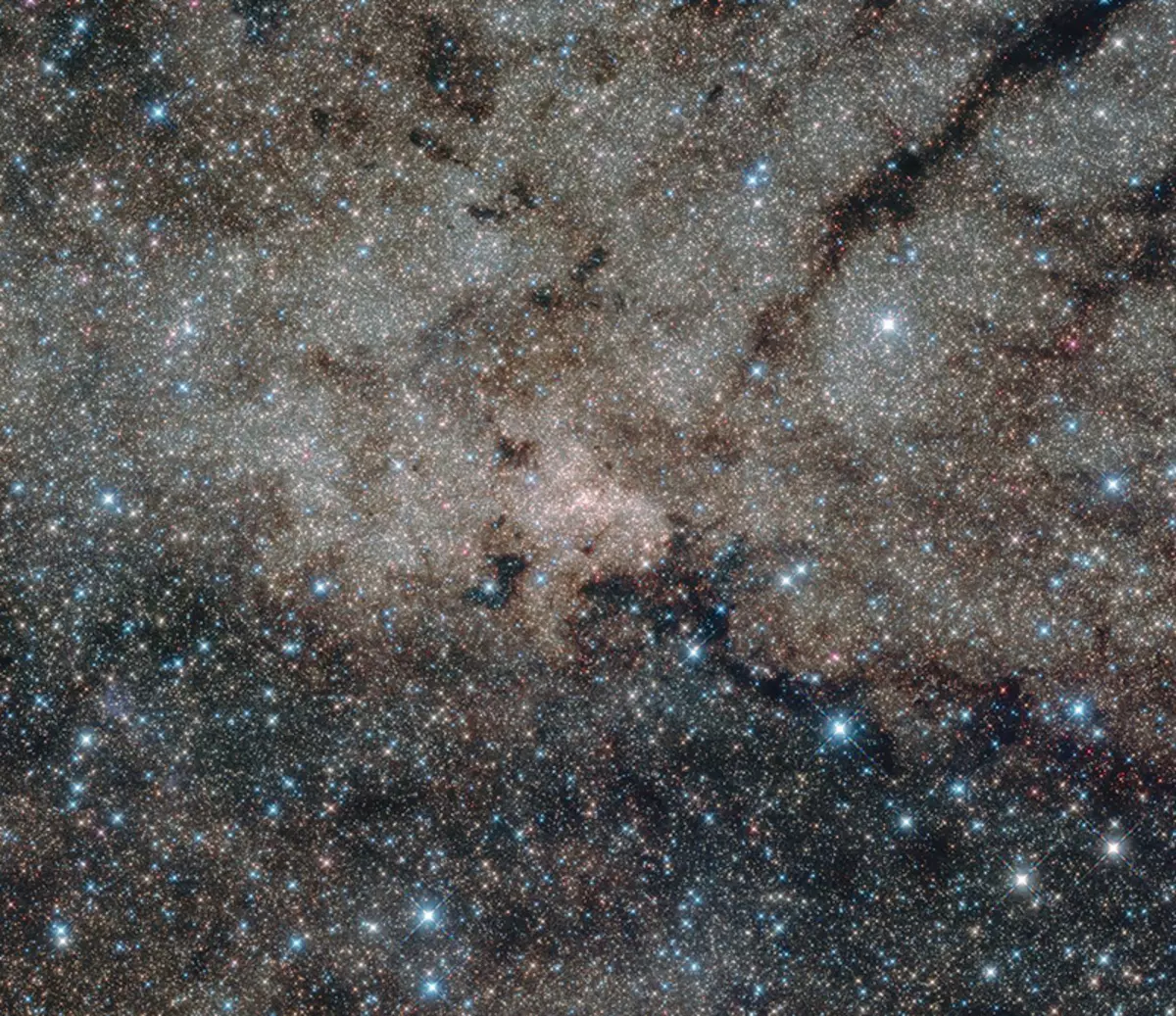
Orion Nebula, in which new stars are now being created.
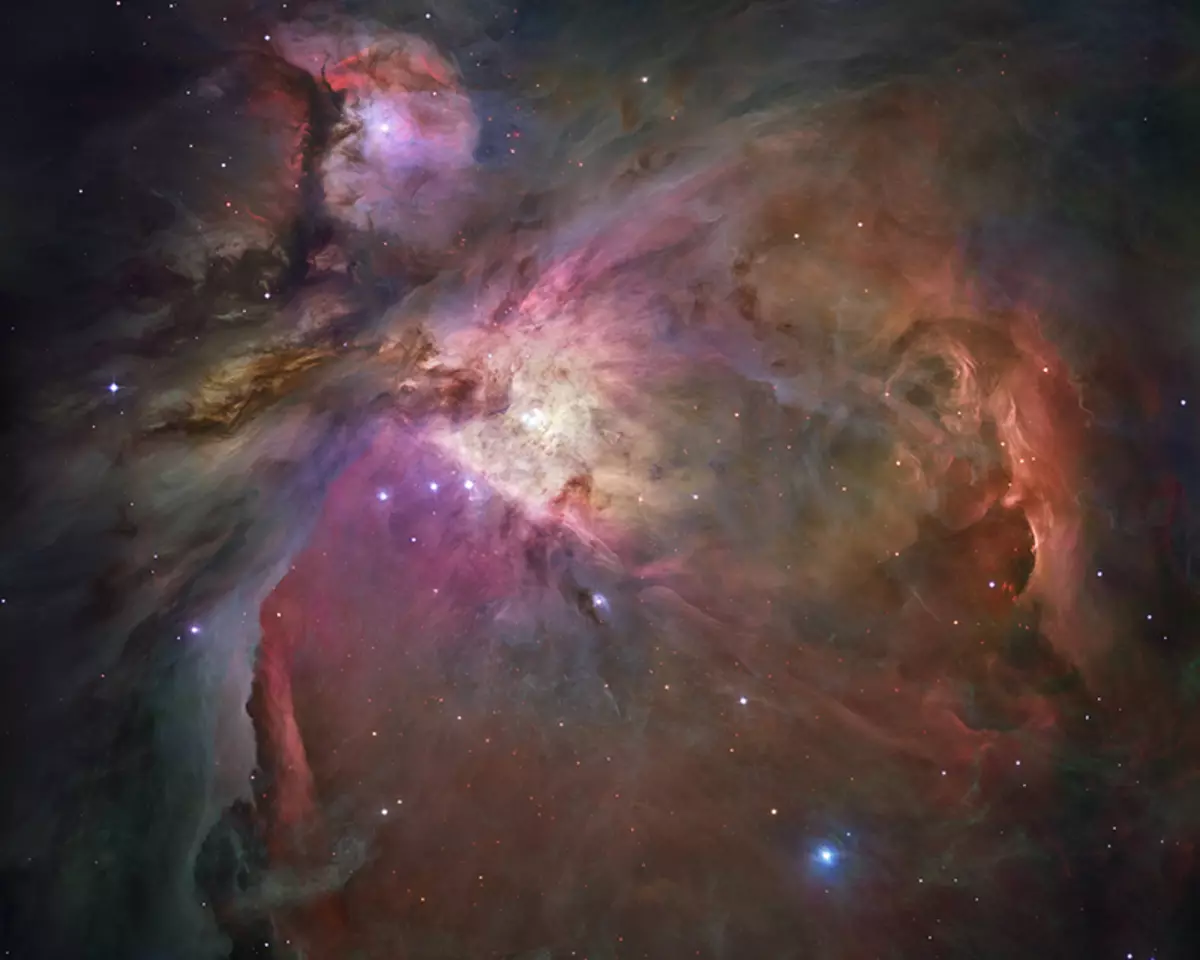
Astronomers are those still romance. This snapshot captured the moment of birth of a new star - she, in the very center of the shining gas cloud. And what do you think, what name they gave this miracle? SSTC2D J033038.2 + 303212.
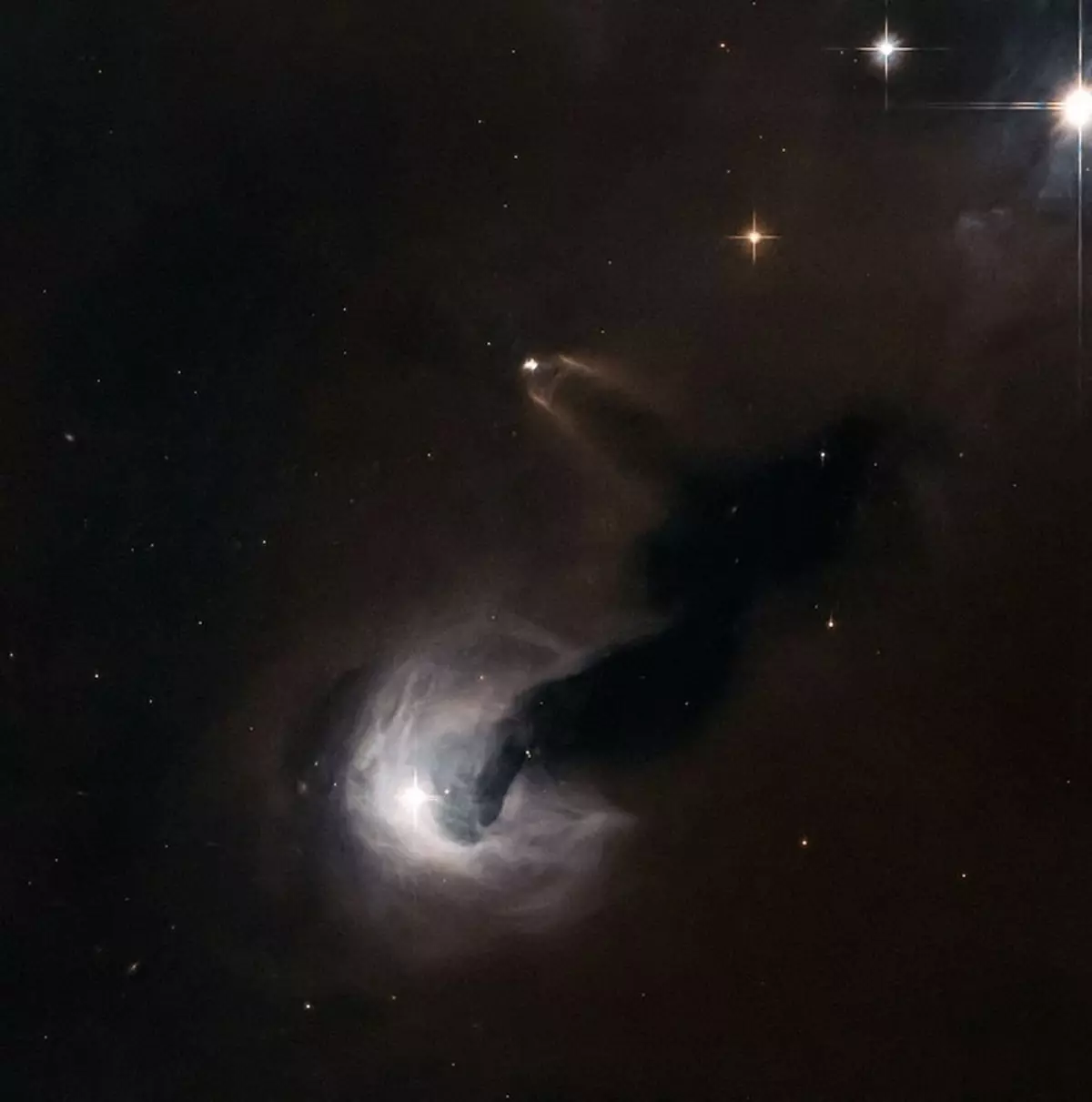
Ball stereo cluster. As if the new year.
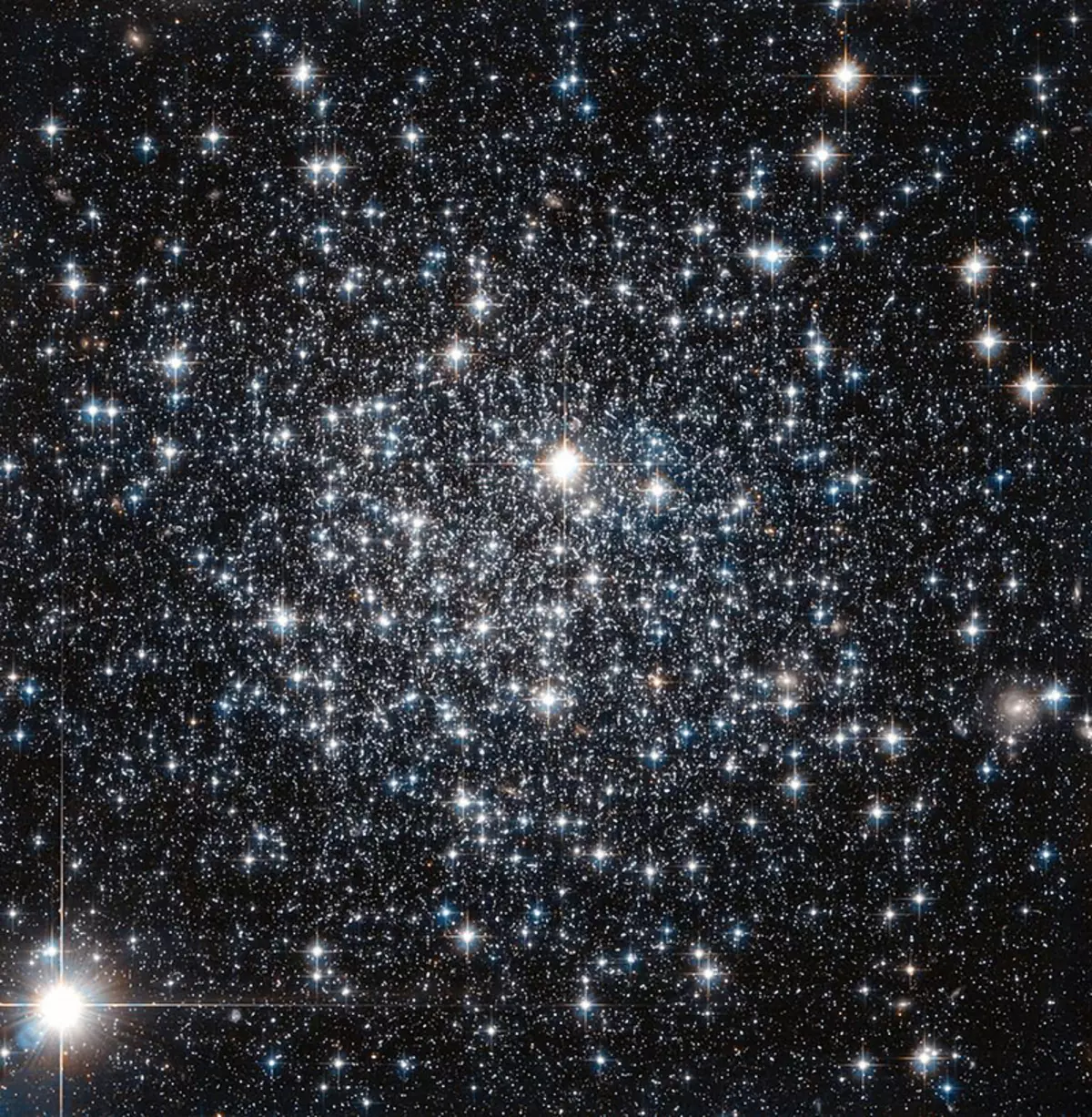
The v838 of the unicorn exploded in 2002. For her it is the beginning of the end. For us - a fantastic spectacle.
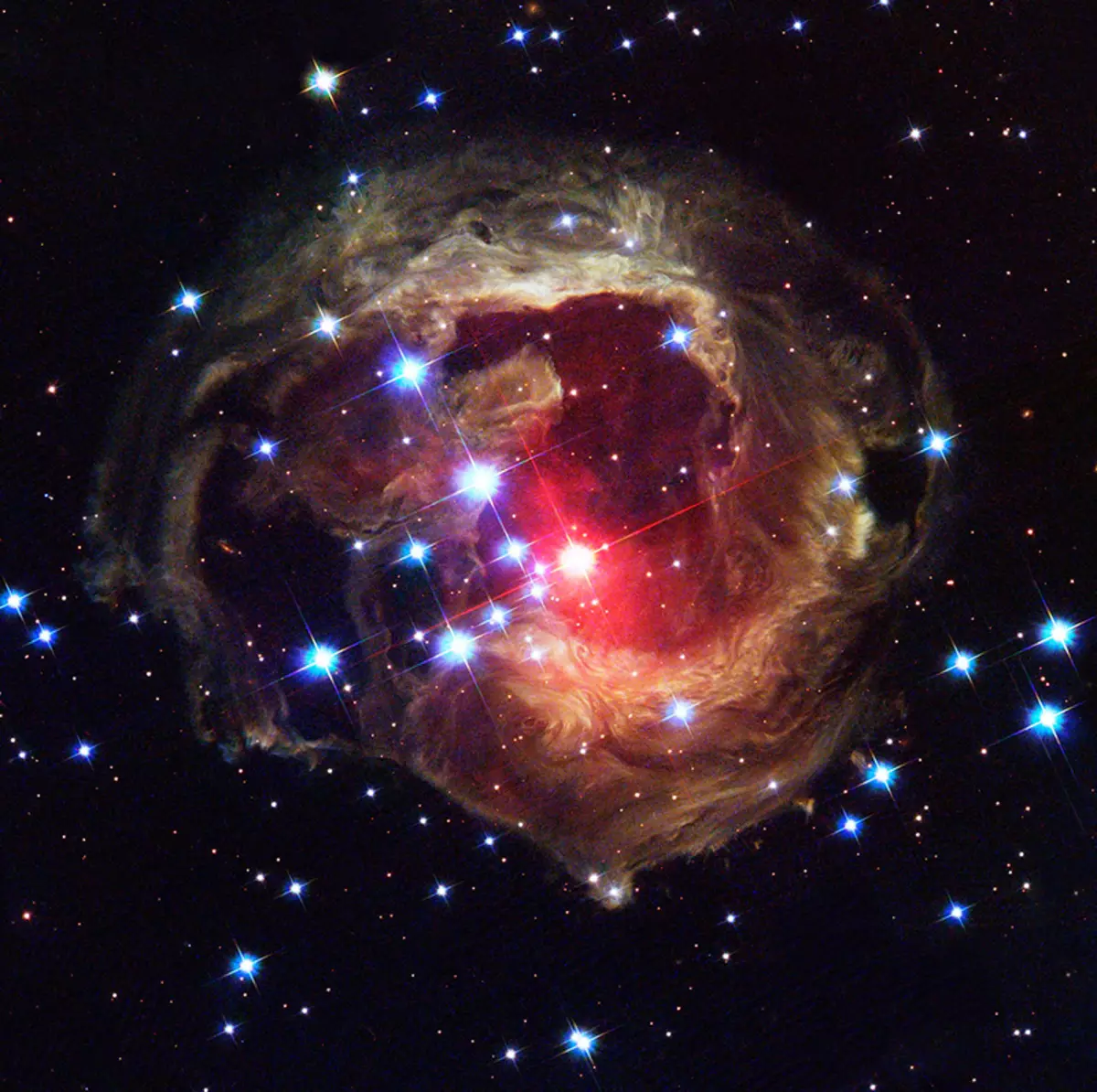
Nebula Head of Monkey. Do you see a monkey? And we do not see. And she is.
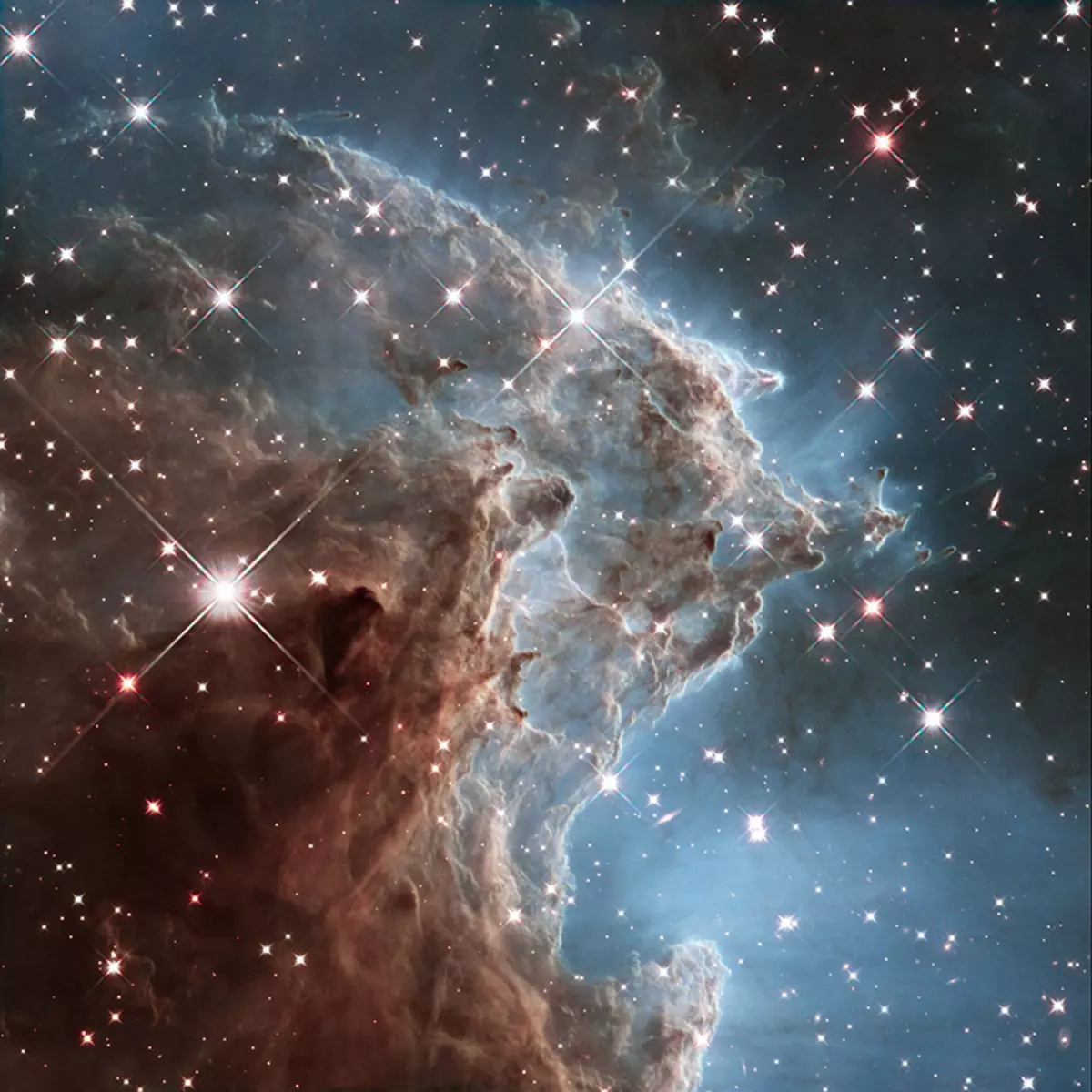
Storm near the North Pole Saturn. Not only we have bad weather.
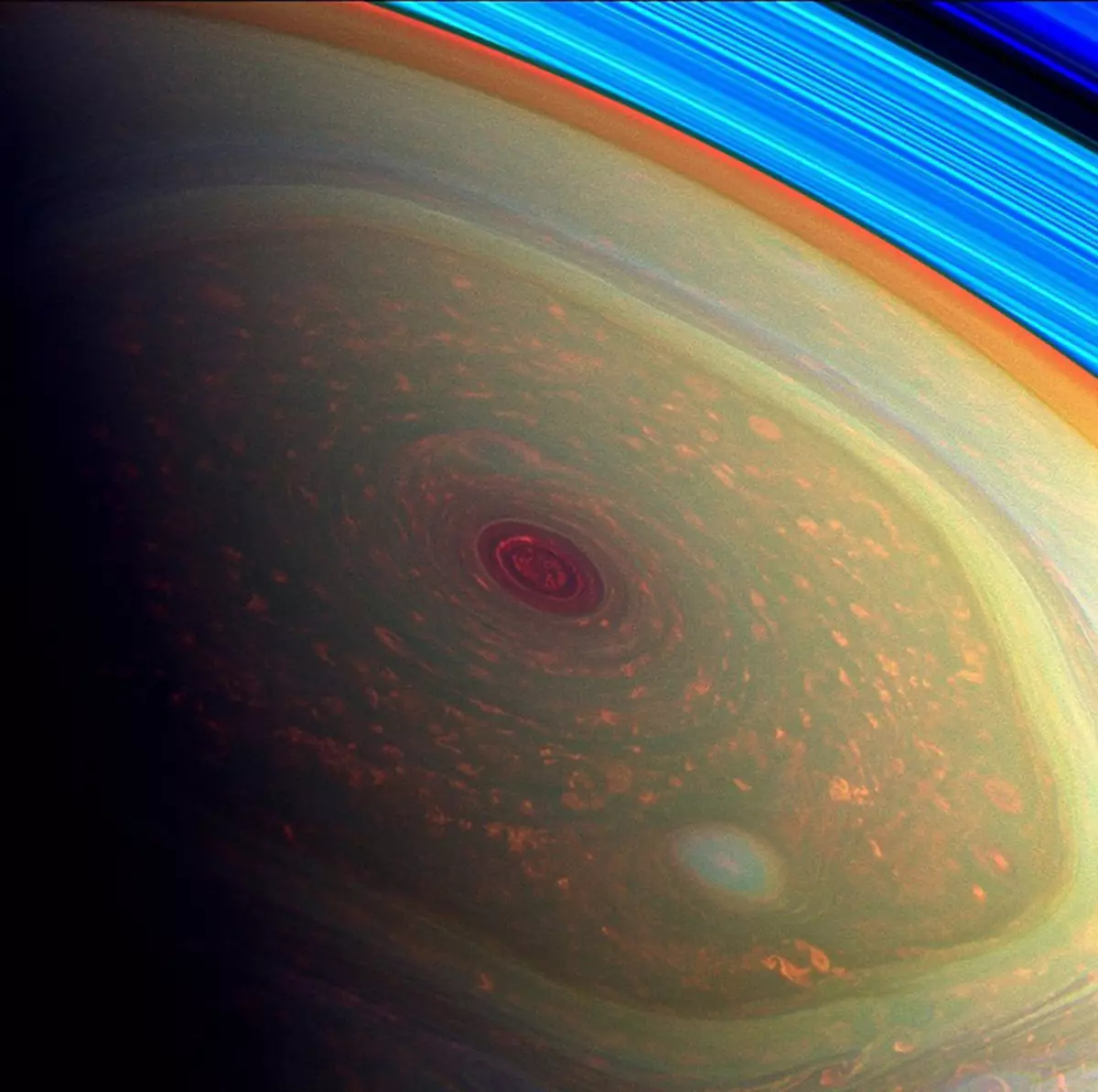
This is what fresh supernovae looks like.
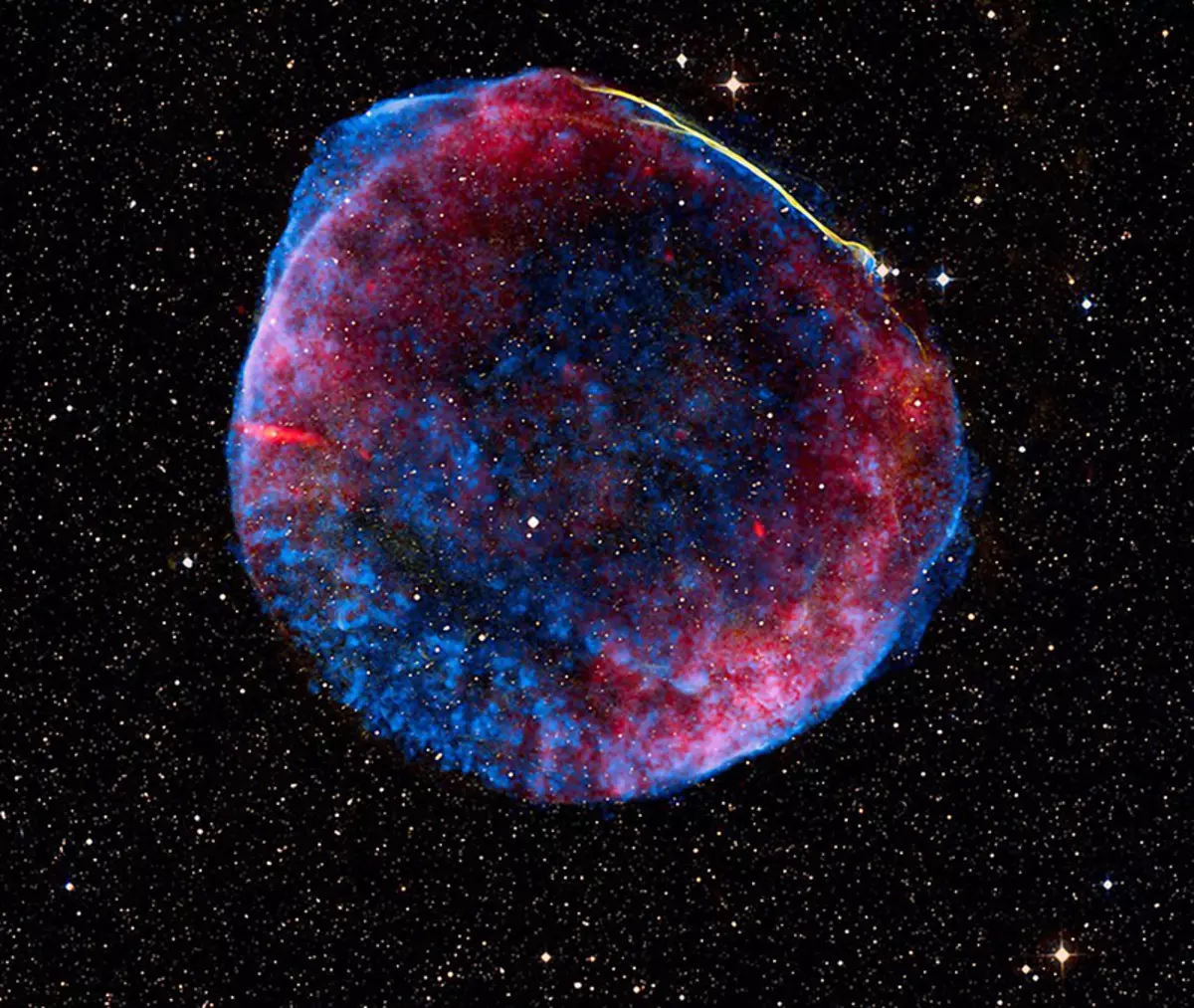
Or so.
